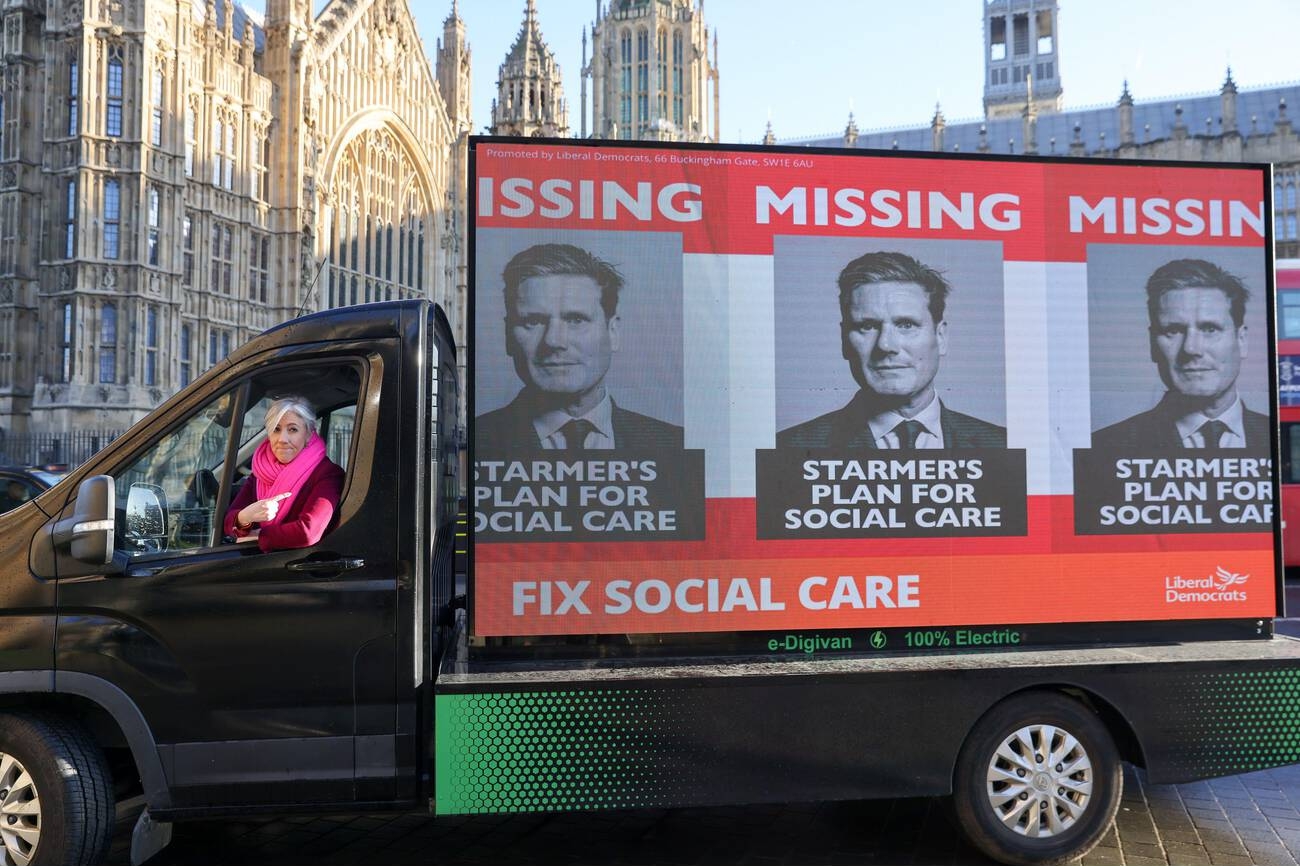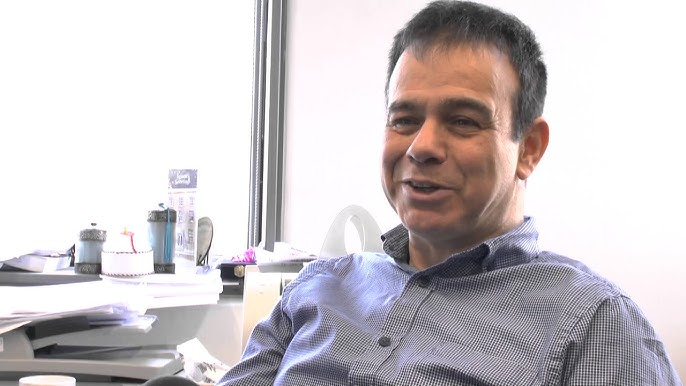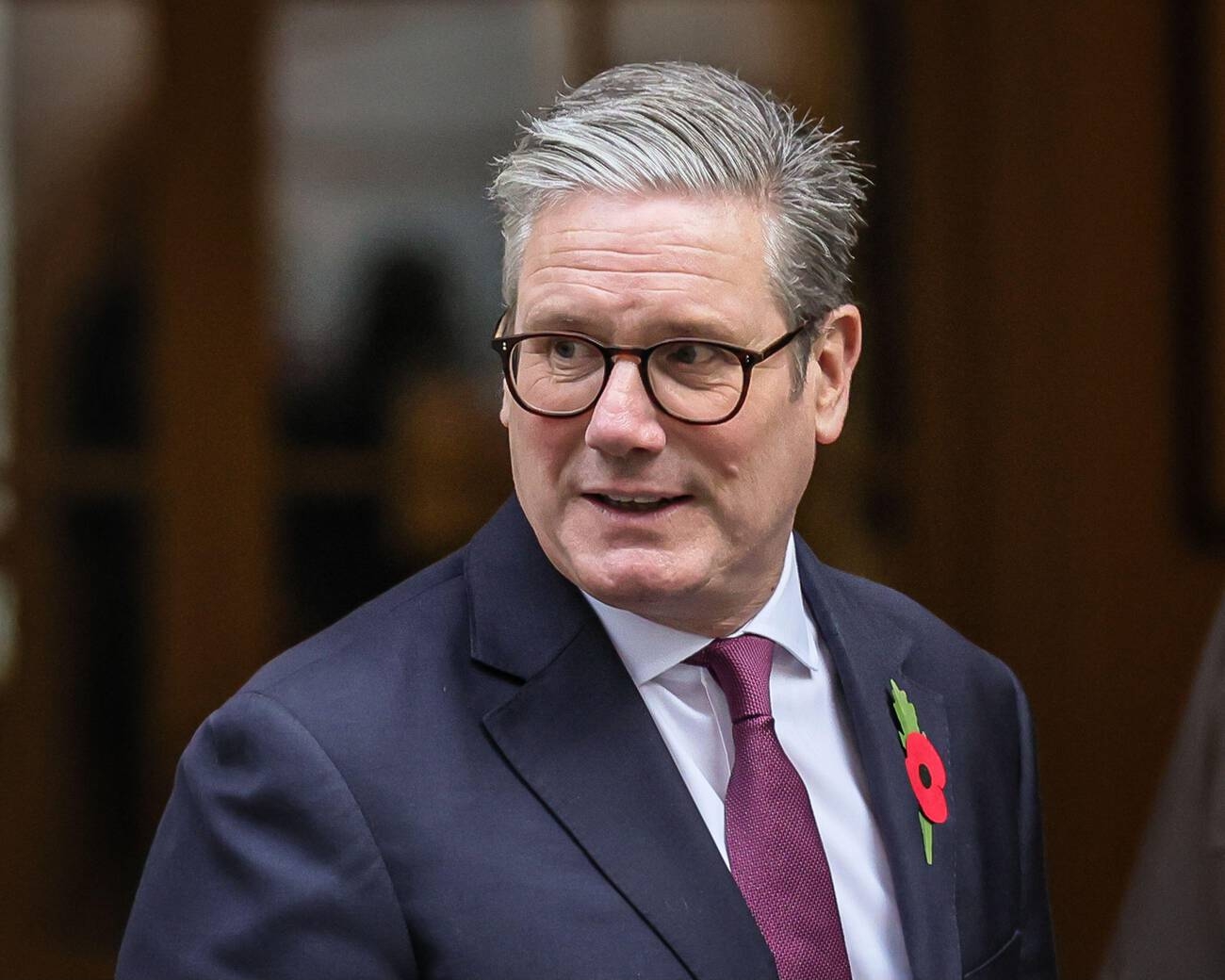Healthcare System Inefficiency in the UK: Staffing, Financial, and Structural Breakdown for Decades
The NHS is facing a highly challenging task of improving performance against key political targets, enhancing productivity, and transforming

The NHS is facing a highly challenging task of improving performance against key political targets, enhancing productivity, and transforming the way it works within very tight budgets. A reduction in centrally set targets may be beneficial, as it allows local areas more autonomy and flexibility. Leaders will face some extremely difficult decisions in what appears to be a challenging year.
The NHS has faced financial pressure for more than a decade. The signals of financial distress across the NHS have grown in recent years. The current financial pressure on the NHS is distinct and is likely to lead to healthcare system inefficiency in the UK. This matters because financial pressure can have a direct impact on patients and their care.
The United Kingdom has below-average health spending per person compared to its peer countries.
Health spending in the UK as a percentage of GDP (gross domestic product) was just below average in 2019. It increased to just above average in 2020. The first year of the COVID-19 pandemic, which, of course, had a considerable effect on the UK’s economic performance and spending on health services. The UK lags behind other countries in investing its assets. London has substantially fewer key physical resources than many of its peers. It contains CT and MRI scanners, as well as hospital beds.
The UK has strikingly low levels of critical clinical staff. It includes doctors and nurses, and is heavily reliant on foreign-trained staff. Payment for some clinical staff groups is less competitive in the UK than in peer countries. Healthcare system inefficiency in the UK is most evident in the staff shortage.
Budgets are more stretched than ever.
NHS service providers are being asked to increase productivity by 4%, with a 1% reduction in cost base, which will inevitably mean cuts to spending, as there is little money to invest. It was clear that tight budgets would necessitate tough trade-offs in health service priorities. That might explain why the documents have been published so late.
The NHS Staff Survey reveals what it’s like to work on the front line. The findings show that working in the health service remains an unattractive career. This is while many NHS staff feel undervalued and overstretched. Staff want to provide the best quality of care for their patients. But often they are left experiencing burnout, mental distress and exhaustion. At the same time, half of the respondents expressed that their organisation is committed to helping them balance their work and home life. It is concerning that nearly a third felt they do not have enough energy for family and friends during time away from work.
Racism Worsening Healthcare System Inefficiency in the UK
There is a high number of Black, Asian and ethnic minority staff experiencing harassment, bullying or abuse, with 24% experiencing this at the hands of colleagues and 29% experiencing this from the public while at work. Shockingly, 1 in 7 of all NHS staff have experienced at least one act of physical violence in the past year from patients and the public.
Recent financial figures demonstrate this growing pressure. Since 2022/23, NHS spending has decreased slightly in real terms, while cost pressures have continued to rise. Between 2022/23 and 2023/24, deficits across NHS systems doubled, going from £517 million to £1.4 billion. Furthermore, in 2023/24, £900 million of capital funds for buildings and equipment were reallocated to support spending on day-to-day operations. Despite the maintenance backlog now standing at £13.8 billion, it is… This is despite the priority given to NHS budgets in recent fiscal events such as the 2024 Autumn Budget. It saw a £22.6 billion cash injection for the NHS in the context of broadly flat spending on other public sectors. Healthcare system inefficiency in the UK is a critical issue.
An estimated 6.39 million people are waiting for care.
The total waiting list comprised 62 million waits for procedures and appointments. At the end of July, the diagnostic waiting list had 1.63 million waits. 364,544 of them had waited 6 weeks or more. The percentage of 6-week waits was 22.4%, down from 25.4% in July 2023. Levels of Urgent Suspected Cancer referrals have stayed high. The figure shows 12,270 patients seen per working day in July 2024. This number represents 27% more referrals than the NHS was seeing before the COVID-19 pandemic. 76.3% of patients attending the A&E department were admitted, transferred, or discharged within four hours. It is below the NHS constitutional standard of 95%. This has risen from 75.2% in July 2024 and 73.0% in August 2023. The average ambulance response time for category two calls was 27 minutes and 25 seconds. This has improved from July 2024 to August 2023 and is below the 30-minute target for the year. It is above the NHS constitutional standard of 18 minutes. Healthcare system inefficiency in the UK
In July, performance against the 62-day Urgent Referral to First Treatment Standard was 67.7%. It was 2.1% higher than at the same point last year, but still fell short of our target. The NHS has set the goal to improve this to 70% by March 2025. The first step is to recover performance to the 85% standard. The Mental Health Service Data Set performance data demonstrate that 59,632 people were reported to have accessed a Specialist Community Perinatal Mental Health Service or a Maternal Mental Health Service in the 12 months from August 2023 to July 2024.
The waiting list for hospital treatment
The waiting list reached a record 7.7 million in September 2023. It has since declined to around 7.4 million as of March 2025. The 18-week treatment goal has not been successful since 2016. Ambulance response times have increased. The average response time to a Category 2 call exceeded 1 hour and 30 minutes in December 2022, compared with a target of 18 minutes. The Category 2 calls examples are suspected heart attacks and strokes. Performance has subsequently improved, but remains outside the target. Healthcare system inefficiency in the UK manifests in various ways, and the waiting list is one of them.
Over the past 50 years, in real terms, UK health expenditure has increased by over five times. Increasing from around £36 billion in 1972/73 to £212 billion in 2022/23. Real terms expenditure takes into account the impact of inflation on the purchasing power of a currency. The average real terms annual expenditure increase over the period from 1972/73 to 2022/23 was 3.8%. Between 2000/01 and 2004/05, average annual spending growth was 8.7%, the highest rate at any point in the NHS’s history.









